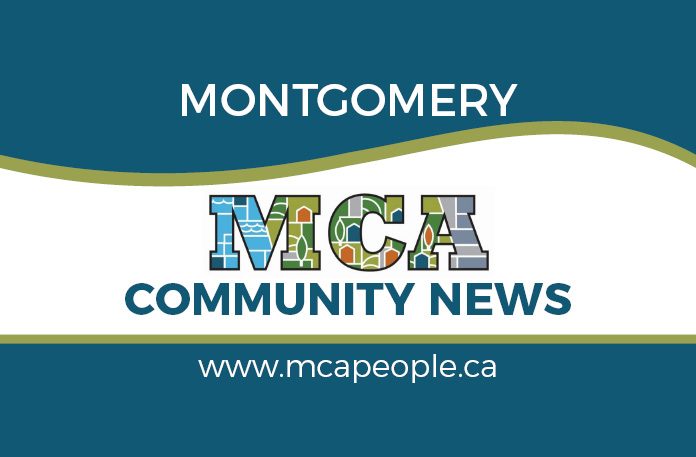The demand for housing in Montgomery was created following WWII. Within a period of nine years, Montgomery expanded by more than 1,000 homes. Land in Montgomery was much less expensive than in Calgary, costing about $50 per lot. Marjorie Kellough (nee Dedels) has receipts issued to her mother for the purchase of three lots on 15 Avenue, including a house, for a total of $4,000 in 1947! The supply for the housing demand was answered by the construction of homes that were simple but affordable. This area was known as “The Town with the Future”.
Most of the homes built during this time had two small bedrooms, a kitchen, and a living room… but no bathroom. Since the sewer line was not constructed until the late 50s to early 60s, most families had to make do with an outhouse in the backyard. Some houses had inside chemical toilets, which had to be emptied frequently and smelled terrible!
Mortgages were unavailable until the 1950s, so houses were often built piece by piece, by the owners themselves. Regina Skrypnek’s family took four weeks to build the essentials (doors, windows, and a roof) and then moved in. The dimension of the house was only 20 x 24 feet! They were able to build a small bathroom when the waterline was connected in Montgomery and felt as though they were living in ‘great luxury’.
While the homes were small, they provided enough room for entire families. Ellis Keith, who built 46 homes in the area and sold them for $2,500 a piece, referred to the Montgomery homes as “rabbit-hutch houses” that “didn’t win any design awards, but filled a need.” Valerie Levson (née Burtonshaw) recalls that moving with her family of six into their Montgomery home was a “wonderful occasion” since, prior to moving, they had lived together with another family of six in a tiny Hillhurst house for several months. The four girls in the house shared one room with bunk beds and bunk cupboards.
Building materials tended to be more ‘original’ than they are today. One home near the river is said to be entirely constructed from railroad ties. Another home on Bowness Road had exterior walls covered in roof tiles. A common practice was to buy a heavy wrapping paper that was used to transport newsprint and use it to insulate the house. One resident remembers that his first house often leaked, due to the fact that much of the roof and walls were made from corrugated cardboard!
As time passed, many residents took the opportunity to make changes to their homes. Many homes increased in size through expansion and the addition of a basement. Some were initially built on the back of the lot so that as money became available, a larger house could be built, and the initial building became a garage. Another change resulted from residents’ attempts to encourage vegetation growth, usually by having vegetable and flower gardens. Lilac bushes were often planted because they were inexpensive but grew very quickly. The former prairie valley, full of mud and rocks but barren of trees, is now a green oasis with mature trees.
Excerpt from the booklet – A Hunt for History, Montgomery Memories. Copies of the booklet are available in the lobby of the Montgomery Community Centre.
Click here to the Montgomery Community News home page for the latest Montgomery community updates.











